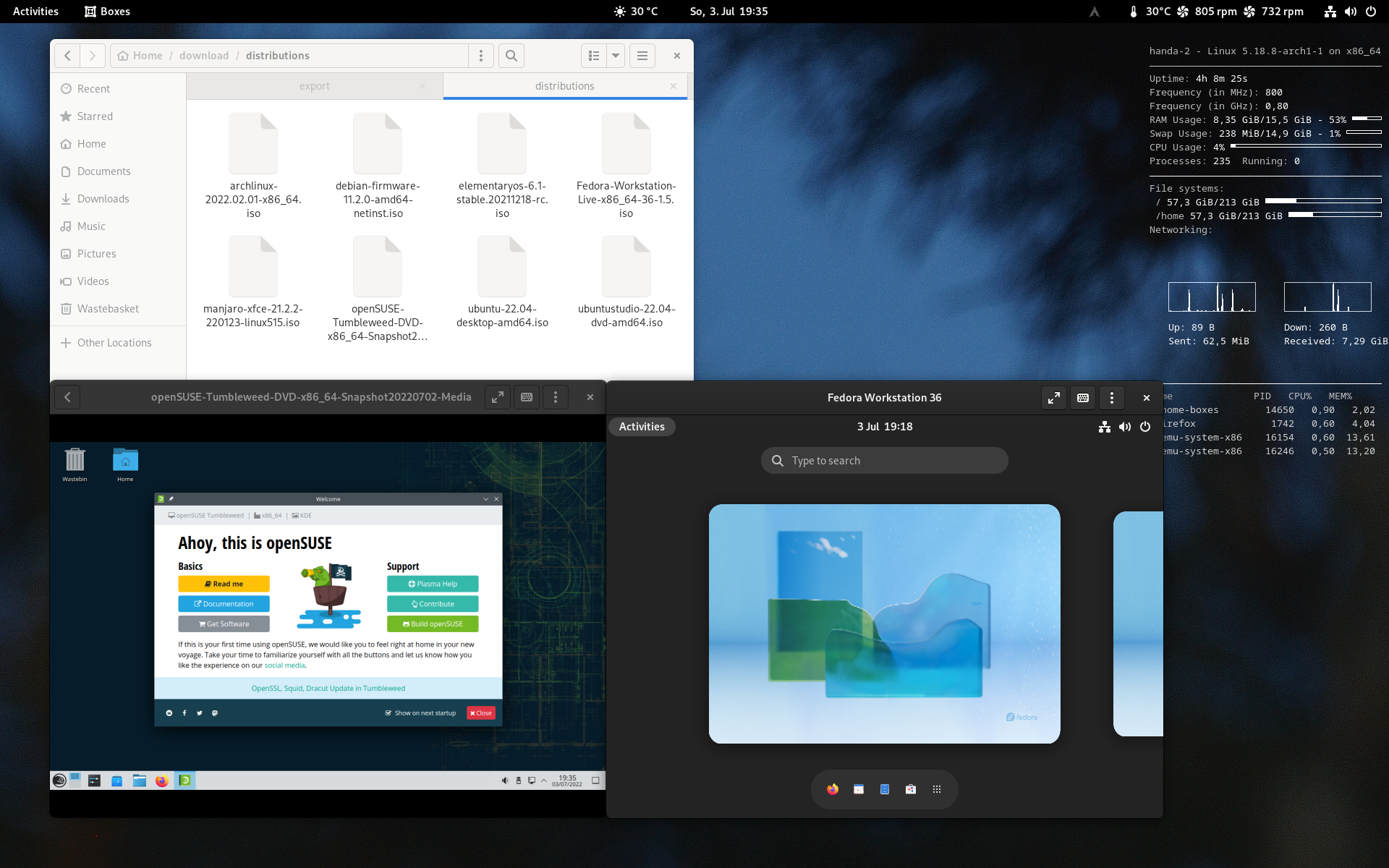Bill, a photographer friend from Florida who is also a programmer recently decided to try Debian, and, some days later, decided to upgrade it from ‘stable’ to ‘testing’. I commented on his blog that I had done so as well for a while, but in the end I decided that ‘stable’ was more than good enough for me, so I stayed with that until now (and probably always will).
In case you don’t know, Debian comes in mainly three different ‘flavours’, namely ‘stable’ and ‘testing’ as noted above, and also ‘Sid’, with the latter being the ‘unstable’ branch (with ‘Sid’ being the ‘bad boy’ from the neighbourhood who breaks toys from time to time, so ‘unstable’ Debian will always be called ‘Sid’). If packages don’t get any error reports after being uploaded by developers to ‘unstable’, they usually get into ‘testing’ after about two weeks, for use in a wider audience, and thus with the chance of getting more bug reports.
So ‘testing’ isn’t as ‘stable’ as ‘stable’, but also not as ‘unstable’ as ‘unstable’, but are that all differences besides having newer packages?
No. While there are many good reasons to use Debian, running ‘testing’ still has some risks; its page for instance names the biggest one as: ‘Please note that security updates for “testing” distribution are not yet managed by the security team.’ It’s also work in progress, and as such lacks a lot of documentation, and to even get it, you’ll have to move to the Debian-Installer page which is *not* the one for the official ‘stable’ installer. You’ll have to follow the Debian Release Management team and their pages to get some updates on it from time to time other than their famous and proud quote “quando paratus est” (=”when it’s ready”). And the team’s release-critical bugs page lists the number of problems which are still to solve until the freeze for the next version of Debian, which at the time of this writing will be called ‘Bookworm’ (like always, after a character from the “Toy Story” movies).

Don’t get me wrong – Debian ‘testing’ isn’t ‘unstable’, or worse than any other Linux distribution, even those with some kind of “Enterprise” in their names. But it’s also not ready, and as such not meant for all of us. If you’re a developer, you’ll run both ‘stable’ and ‘unstable’, simply because you’ll have to send in and upload new packages against the latter (I did so for a while as well, but never became an official Debian Developer due to lack of time). If you’re an average Joe (or Jack or Wolfgang) like me, you’d probably be better off with ‘stable’.
So to run ‘testing’ has some risks you’ll have to cope with, and as such in my opinion isn’t recommendable for the greater audience, most people who want newer packages than ‘stable’ has would be better off with adding the ‘backports’ repositories to ‘stable’, and so get some stuff earlier than with having to wait for the next big release date.
But as I said, Bill is a programmer himself, and like every developer he has read the documentation and so he knows what he’s doing. If that’s you as well, then go ahead and run ‘testing’, or anything you like. For me these days (approaching retirement), it’s too much effort to constantly care about my operating system, so I’m happy to have ‘stable’.
My 2 (Euro-) Cents of course, and as always, thanks for reading.







